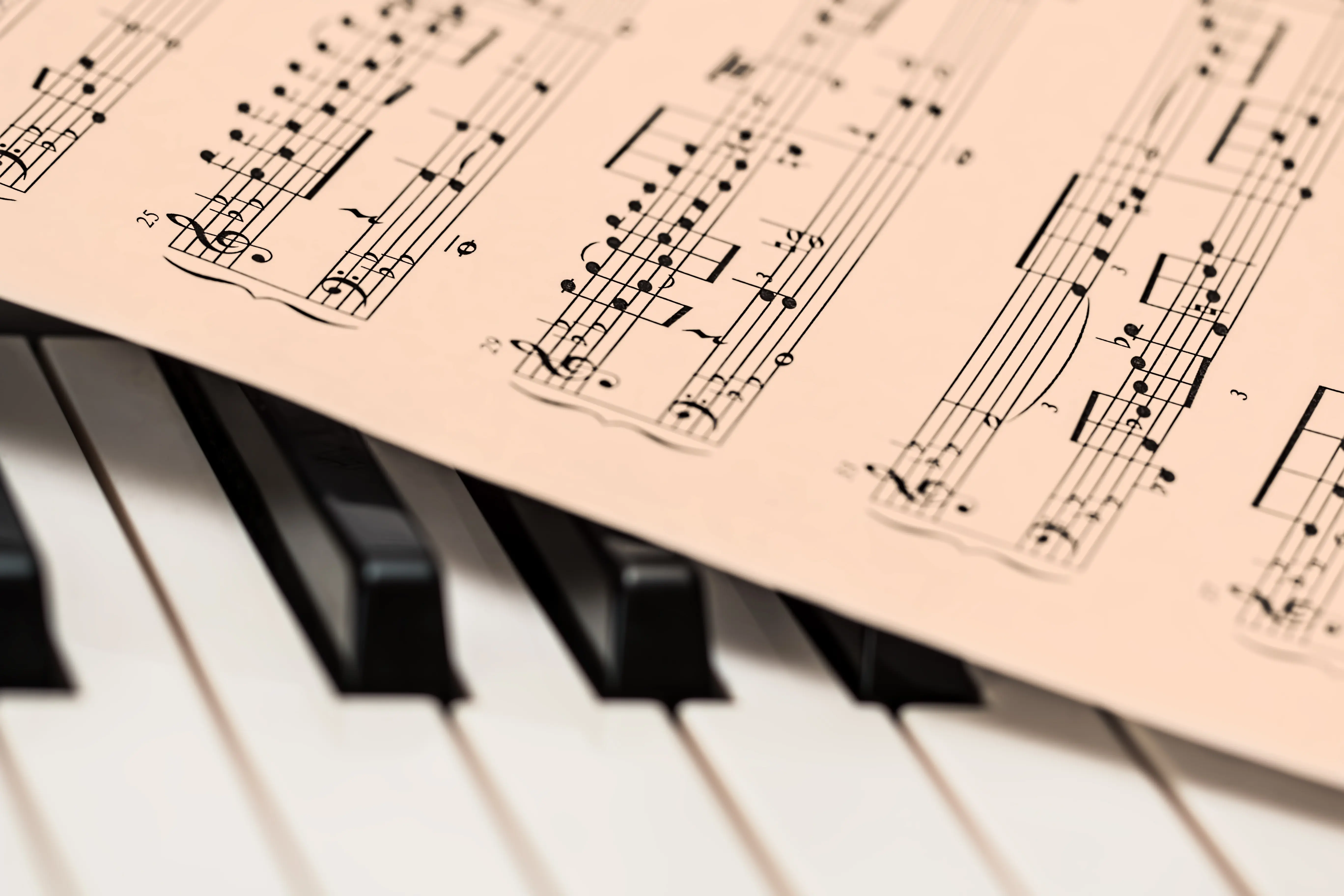Sample by My Essay Writer

Steven Stucky, in his piece Partita-Pastorale, creates a musical composition that is rhapsodic, with its varying pace that seems like it is trying to find itself. The expression of the music is a bit sporadic, yet passionate. Some parts of the composition leave the listener feeling like there is no direction to the sound, yet the instruments find themselves with catchy melodies that sound similar to many of Bach’s compositions.

Partita-Pastorale begins with string instruments and a piano that sound much like the beginning of life or the start of something new. The piece could easily be set to a time-lapse video of a flower opening its peddles to feel the heat of the sun, or to an infant deer standing on its feet for the first time. And then the instruments seem to find themselves and they create a distinct melody that catches the listeners’ attention.
Just when that attention is caught, the flute section arrives with a tone that resembles the sound of a bird welcoming its newly hatched young after the end of a long winter. All the time, the string section continues at the same pace and creates a backdrop of intensity to a calm situation, as if there is a predator ready to pounce on the newly hatched. As the music continues, it spreads, until it’s like a complete forest that is coming alive in spring.
But then the pace picks up as a solo in the brass section takes over for several seconds until the strings pick up the intensity even more with a buzzing quality, as if a swarm of bees have invaded the forest. Then the piano chimes in and it is a sort of tangle between the peaceful flute and piano, and the intense, fast-paced strings section. But then it comes to an abrupt stop with a low note on the piano and all that is left is the high pitch of a violin.
The tone then changes, as the piano arrives with high notes and it is then evident that this mystery may never unravel, but the curiosity is still paramount in this struggle among instruments. This struggle helps create the illusion that this is an improvisation, which keeps honest with the definition of the piece being a rhapsody.
The accelerando that is defined with the string instruments blends beautifully with the adagio of the brass and piano sections, as the music goes through hills and valleys throughout the composition. The deceptive cadence is very much a part of this rhapsody and most songs under this style demand an unpredictable melody. Whether it is the brass or string section, there is a certain drone throughout the piece, often with high-pitched notes. The adventure continues through this piece as the chord progressions seem to find themselves until they are deterred once more by the deceptive cadence.

The dynamics between loud and silent, of pleasant and scary continue to dance with each other, as if a lion is dancing with a dove. And as the melodies begin to find themselves in a relaxing tone, the listener is unable to relax themself because of the anticipation about what is to come next. By halfway through the composition, Stucky has convinced the listener that he can’t be trusted, that the sweet renaissance melodies are surely to take a turn into the dark and quick tempered.
Throughout the piece, the modulation that Stucky utilizes allows him to stay in the rhapsody theme. It is through tools like this that he utilizes, which allows him to stick to the style. While the style would at first seem to limit the composer quite a bit, it allows him the freedom to try quick melodies without having to commit to them throughout the composition. On the other side, it puts pressure on the composer to write more than several melodies that catch the listeners’ ear.
As the music continues, it appears as though it is about to die out, but there is a glimmer of life left as it picks up again around the sixth minute, as if the music is depicting the French renaissance in one last hurrah. To close, Stucky elongates notes, as if to say life is not over at the end, and that there is continued existence after the lights go out.
The journey that this seven minute and 20 second piece sets out is full of adventure and could make the ideal backdrop to many Steven Spielberg’s classic movies, whether it is Jurassic Park or E.T. The music has so much personality that it can tell the audience about a character, even with just a few melodies of each accessible beat.
Music can generate a different reaction, depending on which person is listening. Those who are angry would likely enjoy music that propagates hate, while people who are curious would enjoy a composition such as Partita-Pastorale. The affect music has on a person often can’t be anticipated. The reaction of the person is generally unintentional. Music brings out a physical response, whether the reaction is in disgust or whether it is in approval. The true test of whether a song appeals to a person is whether it makes the hairs on the back of their neck stand up or if it sends a jolt through the person’s body. Partita-Pastorale is a composition worthy of inciting such a jolt.






